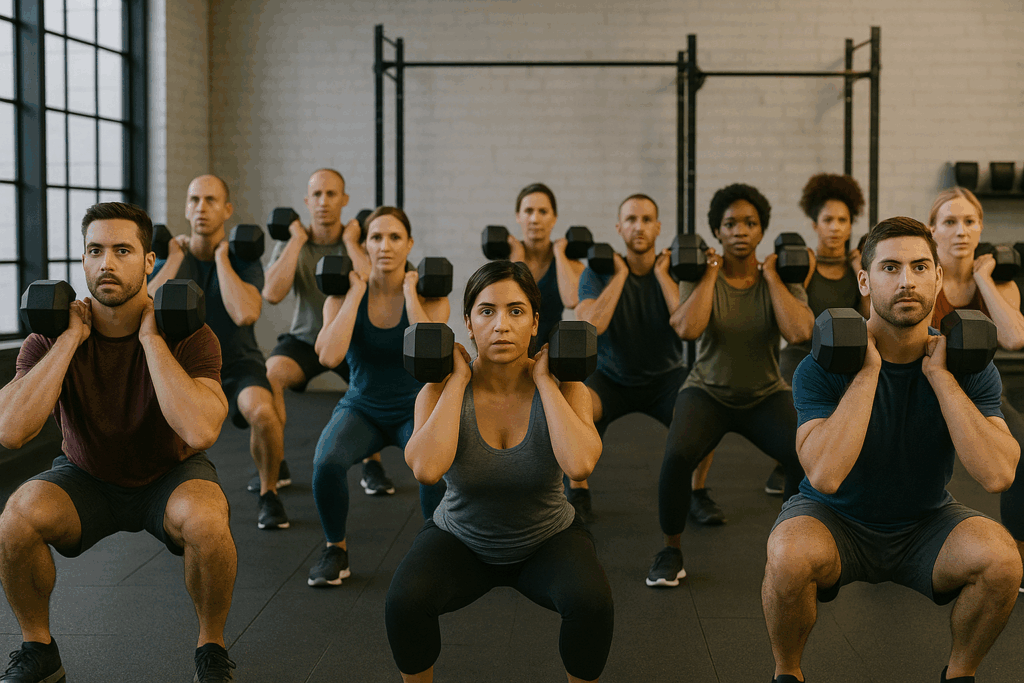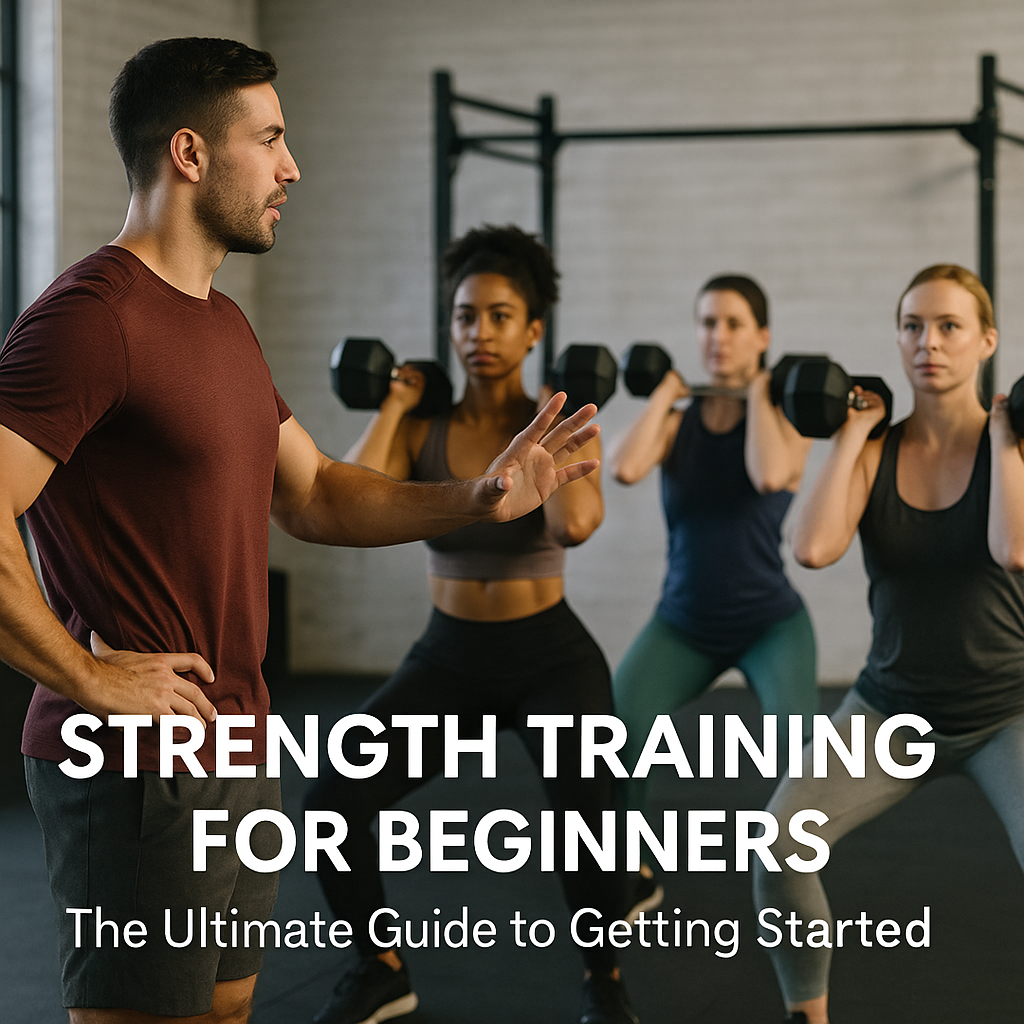Are you new to fitness and wondering how to get stronger, healthier, and more confident? Strength training for beginners is the perfect place to start. Whether your goal is to build muscle, lose fat, boost energy, or simply improve your everyday functionality, strength training offers one of the most effective paths toward long-term wellness.
In this comprehensive guide, we’ll break down what strength training is, why it’s important, how to begin safely, and the long-term benefits you can expect. Let’s dive in!
What Is Strength Training?
Strength training, also known as resistance training or weight training, involves exercises that require your muscles to contract against a form of resistance. This resistance can come from free weights, machines, resistance bands, or even your own body weight.
Common strength training exercises include:
- Squats
- Push-ups
- Lunges
- Deadlifts
- Dumbbell curls
- Planks
For those just starting out, strength training for beginners doesn’t mean you need to hit the gym with heavy weights. The focus should be on learning proper form, gradually increasing resistance, and building a consistent routine.
Why Strength Training Is Essential for Beginners
There’s a reason strength training has become a foundation of modern fitness programs. For beginners especially, it offers a wide range of benefits that go beyond building muscle:
1. Increased Metabolism
Muscle is metabolically active tissue, which means it burns more calories at rest than fat. By building lean muscle, you raise your resting metabolic rate, making it easier to maintain or lose weight.
2. Improved Bone Health
Strength training has been shown to improve bone density, helping to prevent osteoporosis and reduce the risk of fractures, especially as you age.
3. Better Balance and Coordination
Beginners often experience improved posture and stability within weeks of starting a resistance training program. This can reduce the risk of falls and injuries in daily life.
4. Mental Health Boost
Research shows that strength training reduces symptoms of depression and anxiety. It also increases self-esteem and confidence, especially as you begin to see physical improvements.
Getting Started with Strength Training
So how should beginners start strength training? The key is to keep it simple, focus on form, and build gradually.
Step 1: Start with Bodyweight Exercises
Before adding weights, master foundational bodyweight movements like squats, lunges, push-ups, and planks. These exercises teach body control and reduce the risk of injury.
Step 2: Train Two to Three Times Per Week
Start with two to three full-body workouts per week. This allows your body time to rest and recover, which is when the real strength gains happen.
Step 3: Use Light Weights or Resistance Bands
When you’re ready to add resistance, begin with light weights or resistance bands. Focus on controlled movements and perfect technique. You can gradually increase the weight once you’re comfortable with the movement pattern.
Step 4: Follow a Structured Routine
Beginners benefit from routines that include 6–8 core exercises, performed for 2–3 sets of 10–12 reps. Don’t overcomplicate it. Keep it consistent and track your progress.
Step 5: Warm-Up and Cool Down
Always begin with 5–10 minutes of light cardio or dynamic stretching to prepare your muscles and joints. End each session with a cooldown and static stretches to aid recovery.

Common Mistakes Beginners Should Avoid
Avoid these pitfalls to stay safe and make steady progress:
- Skipping the warm-up: This can lead to injuries and poor performance.
- Lifting too heavy, too soon: Focus on form over ego.
- Inconsistency: Sporadic workouts yield slow results. Stick to a regular schedule.
- Neglecting rest days: Your muscles grow when you rest, not just when you train.
- Poor form: This is the fastest way to get hurt. Don’t be afraid to ask for help or use mirrors for self-correction.
How Long Before You See Results?
With consistent strength training, most beginners begin to notice improvements in strength, posture, and energy levels within 3–4 weeks. Visible muscle definition may take 6–8 weeks, depending on your training frequency, nutrition, and recovery habits.
Remember, everyone’s journey is different, and strength training for beginners is not a race. Focus on sustainable progress, not perfection.
Long-Term Benefits of Strength Training
In the long run, strength training can significantly improve your quality of life. You’ll gain more than just physical strength—you’ll boost your confidence, energy, and mental resilience. It also helps prevent chronic diseases like type 2 diabetes, arthritis, and heart disease.
And perhaps most importantly, it helps you remain independent and active as you age, allowing you to enjoy life to the fullest.
Final Thoughts
If you’re new to fitness, strength training for beginners is a smart and empowering way to start your health journey. With just a few workouts a week, you can build a foundation of strength, boost your metabolism, and gain confidence both physically and mentally.
Start simple, stay consistent, and celebrate small wins along the way. As your strength improves, so will your belief in what you’re capable of achieving.




